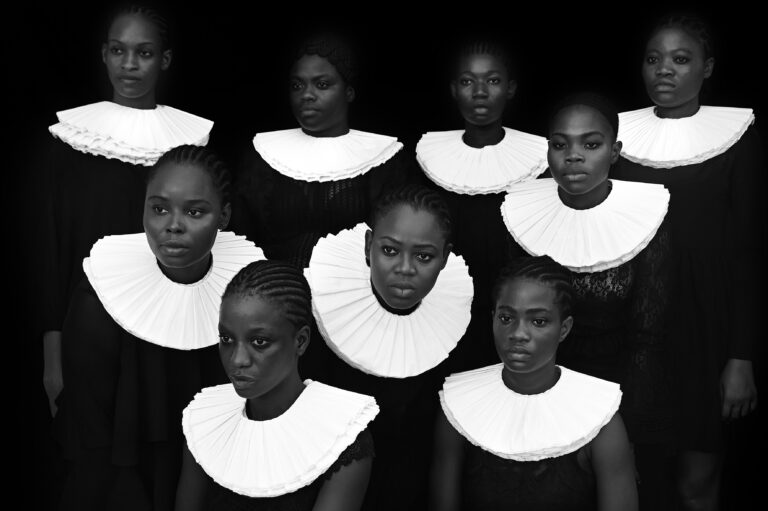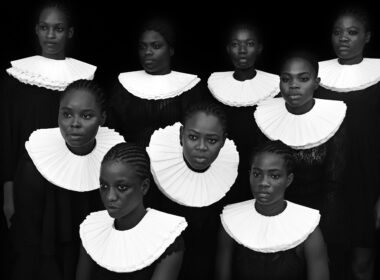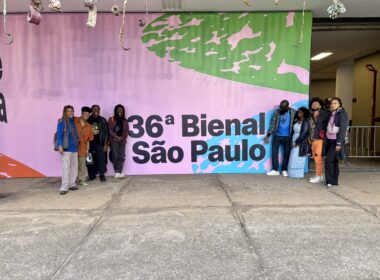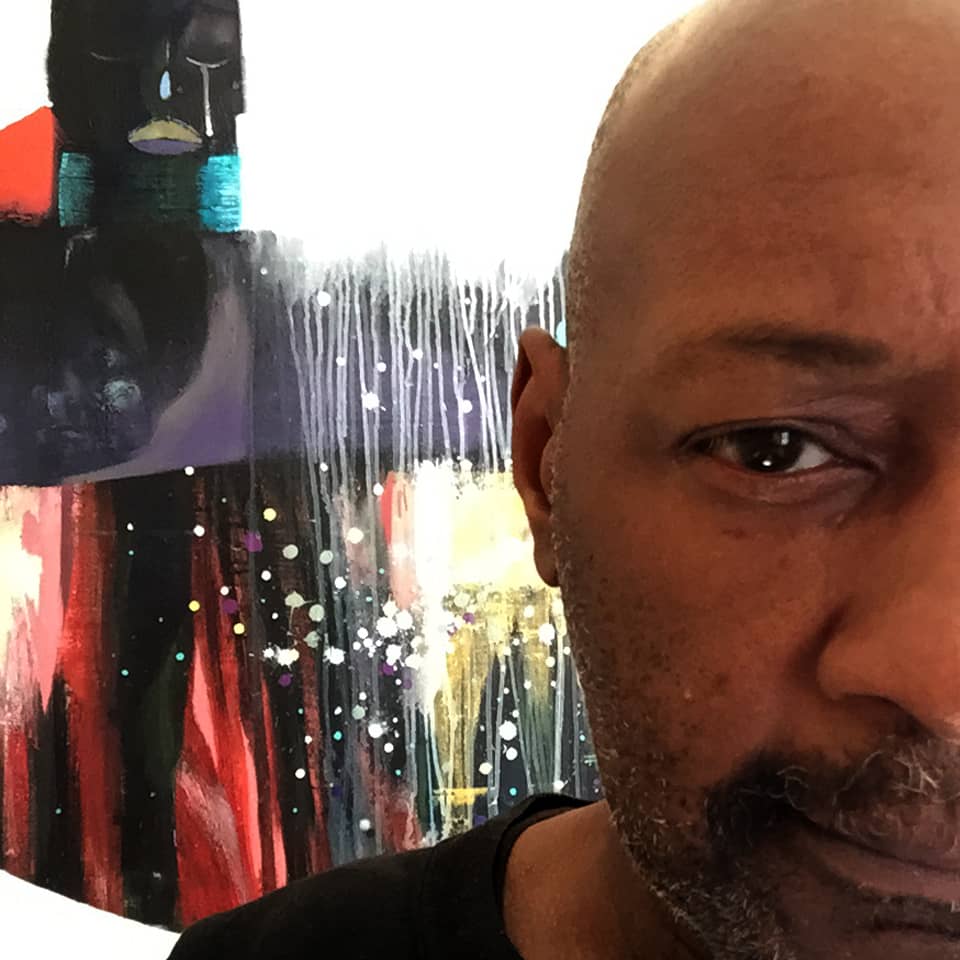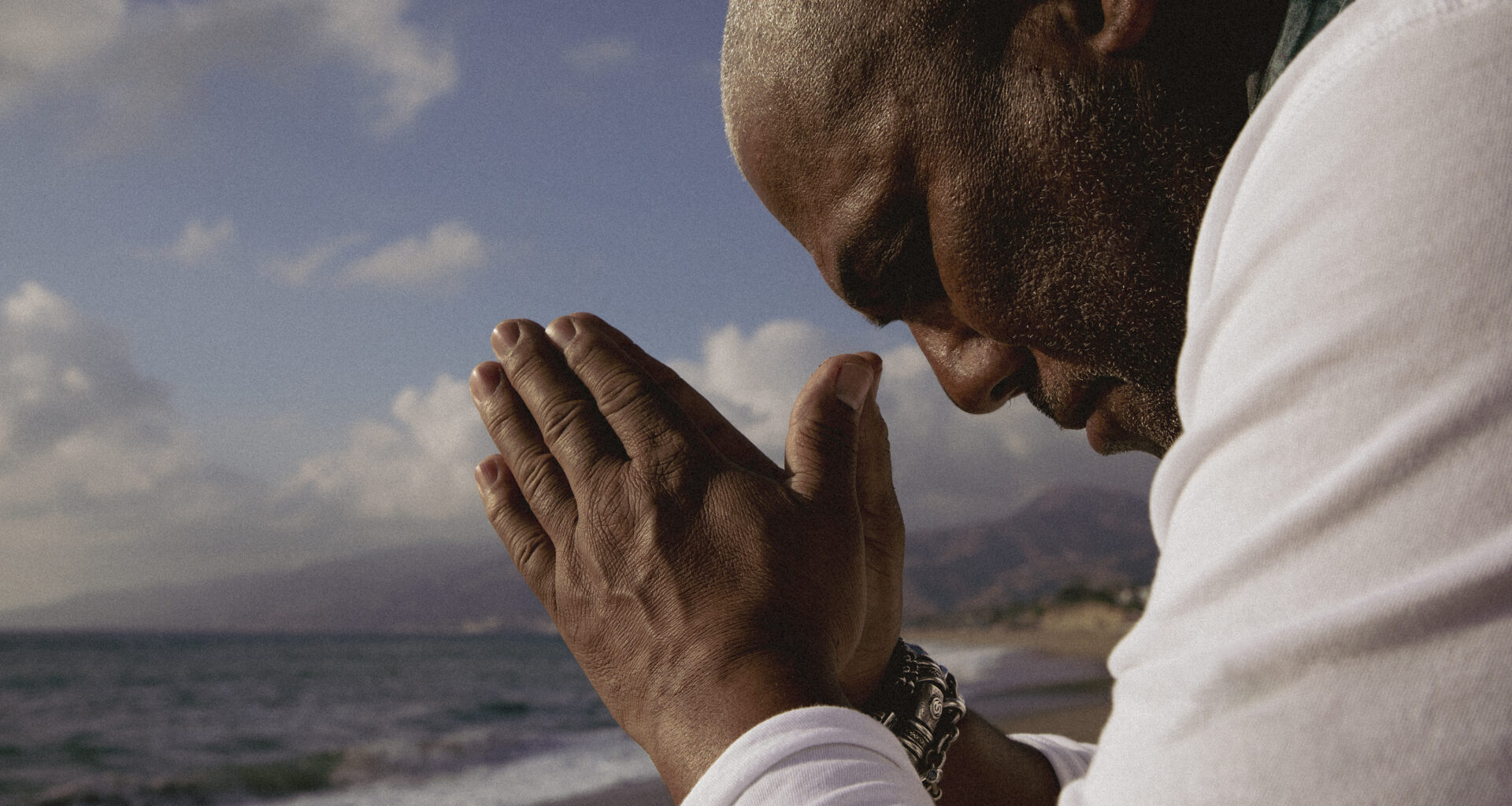Above: Modern Ancient Brown. Photo by Katie Greenstone.
“You ever been to Detroit?” my Uber driver, a retired teacher and world traveler, asks me, his eyes peering kindly into the rearview to meet my wandering gaze, scanning the architecture and landscape from the airport to my downtown hotel. “Nah, it’s my first time here,” I respond. “Well, welcome to my city,” he smiled.
We talked the whole ride about Motown, Dilla, Elzhi and House, the automotive industry and generations of Black workers whose dedication had once made the city prosperous. He spoke nostalgically about Detroit during his youth and optimistically about the future of the city he had returned to, to enjoy his retirement in his reclaimed family home. He was one of the faithful ones who invested in what they could during the height of the blight and myriad economic crises. Despite years of systemic mismanagement and disinvestment in the city, his patience is finally starting to pay off. “There was a time when you didn’t want to be anywhere near downtown,” he shared as we got closer to my hotel, “but now that’s changing.”
In 2019, self-described rural modernist McArthur Binion founded Modern Ancient Brown Foundation (MAB) to bolster opportunities for Black and Indigenous artists based in Detroit. MAB’s ambitious mission—to provide dynamic program offerings to the region’s art and culture sector—models an unwavering commitment to underserved communities. By providing professional development, creative fellowships, and rest-centered residencies for emerging and established artists, MAB hopes to set a standard that empowers a new generation of influential creatives.

To support this effort, cultural writer and curator Taylor Renee Aldridge recently took the helm as executive director. Aldridge’s tenure in this role will expand the organization’s reach. I visited Detroit to talk with Aldridge about what inspired her return to the city of her birth, her hopes for the region, and her vision for the future of Modern Ancient Brown.
Returning home to Detroit to work with the MAB is a full-circle moment for Aldridge. Over the last decade, she has consistently curated and provided consultation for community-centered, collaborative, dialogic arts praxis initiatives and interventions in and beyond Detroit, including the Detroit Narrative Agency, founded by adrienne maree brown and ill Weaver and The Black Arts Incubator.
In 2015, she co-founded ARTS.BLACK, an online journal for contemporary Black art criticism. Beginning in 2020, she served as the curator and program manager at the California African American Museum in Los Angeles, where she remained until the fall of this year. These experiences not only prepared her for this position, but they also evidence her generative approach; she is consistently motivated rather than overwhelmed by the challenges set before her, and this motivates others.

“I’m excited about being able to be of service in a different way,” Aldridge said. “I feel like my entire career I’ve been really interested in producing work in art ecologies; being a curator, a writer, producing content while also being very interested in understanding how the containers that we work in function, how we can make them better, and specifically make them better to be in service of artists. It feels really empowering and gratifying to be in a space where I can get money, get studio space, thinking space, reading space to artists and scholars in this particular moment of time when things are so precarious.”
Have you ever lived in an industrial city like Detroit or Baltimore? The spirit of the people is unmistakable. Intergenerational survivors. Warriors who walk with an enduring refusal to be broken. These regions are marked by WWII’s economic boom, followed later by a multigenerational blight resulting from industrial closures and systemic disinvestment. These are also cities that have been altered, for better or worse, by redlining and gentrification, which means that for many who grew up in these spaces, the cities they return to, that is, if they can afford to return, are drastically different and often unrecognizable from what they once knew. Detroit’s journey to and back from the brink of collapse has been astounding.
When Detroit filed Chapter 9 bankruptcy a decade ago due to a nearly $18 billion debt, many wondered if recovery was possible. Since then, the city has made remarkable progress, and all the indicators of stability and financial health have encouraged significant private investment, upticks in the housing market and an increase in the region’s population. Arts and culture initiatives are often markers of revitalization. What distinguishes organizations is figuring out how to engage or activate those initiatives in ways that honor rather than exploit communities. MAB wants to be an institution that refuses to compromise its dedication to equity, arts and culture.
“I think it begins first with listening,” she shared. “That’s one of the biggest things that I learned here in Detroit. The importance of listening to artists and understanding that they’re the subject matter experts of their own experience. And thinking about how I can attend to their needs. I’m spending this winter period hibernating, meeting with people, listening to what their needs are, and then I’m hoping all of that information will help me just inform and execute a series of programs next year.”

Aldridge is a head-down, work-hard, and often stay-in-the-background kind of woman. But we all know the quiet ones in the room are the ones with the most powerful contributions. In this new role, she will be a front and center advocate for the broader support of Detroit artists. Listening to her share their vision for the foundation’s future, evidencing a clear strategy, humility and optimism encourages great confidence in her ability to elevate the foundation’s mission, outreach and impact.
At this stage in its development, MAB operates in the spirit of a startup, semi-nomadically, with a bare-bones, full-time staff. The foundation is committed to supporting artists at varying stages of their practice—from emerging artists coming right out of undergraduate programs to established writers and visual artists who have histories of accomplishment. Their Core Program offers two residency opportunities: a Visiting Fellowship and a Post-Baccalaureate Residency in Studio Art and Critical Studies.
The Visiting Fellowship is hosted on the third floor of ALEO, a boutique bed and breakfast at The Shepard, a historic cultural arts center in Little Village created by Library Street Collective. It’s a gorgeous space, converted from a 100-year-old Romanesque-style church that sits on a 3.5-acre greenspace. It includes permanent and rotating sculptural installations from regional artists and a skatepark co-designed by Binion and Tony Hawk. ALEO’s interior is decorated with a selection of rotating contemporary artwork from The Library Street Collective’s collection. With a private James Beard award-winning chef and a library curated by Asmaa Walton of the Black Art Library, ALEO encourages artists to rest, recharge and connect with the community.
The Post-Baccalaureate Residency in Studio Art and Critical Studies is a studio-based artist residency for artists living in the Great Lakes region from Detroit to Chicago. For 4.5 months, selected artists will have access to a shared art studio and receive a monthly stipend to support living costs while in Detroit. With regular mentoring and opportunities to meet with established artists, scholars and writers, the Post-Baccalaureate Residency is ideal for emerging artists. Both residencies are by application, and MAB currently has the capacity to host up to four artists annually.
Compared to other arts institutions in the city, MAB is the new kid on the block, an underdog inspired by the esteemed accomplishments of its founder, charged with a major lift of supporting an intergenerational cadre of systemically disinvested artists. As the name of the organization suggests, looking at the power of modernism, the wisdom of the ancients, and the art historical improvisations of Black, Brown, and Indigenous communities, the foundation believes it can make a real impact on the quality of life and access to resources for Black and Indigenous artists. Aldridge hopes to increase the organization’s offerings and impact and expand its outreach during her tenure so that artists who need support can attain it.

Mural by McArthur Binion.
“I think I have spent a lot of time working in institutions and organizations that have a history of supporting privileged groups and coming in and trying to change that very explicitly and going as best as I can and not always being successful because of so many other things at play,” she continued, “But one of the things that drew me to this position is watching the work that Modern Ancient Brown has done since 2019 and watching the artists and scholars that they engaged within those first couple of years, that they decided to fund and support, or artists who were on my radar but were not within a privileged class. And I recognized that they really aren’t interested in satisfying the status quo.”
